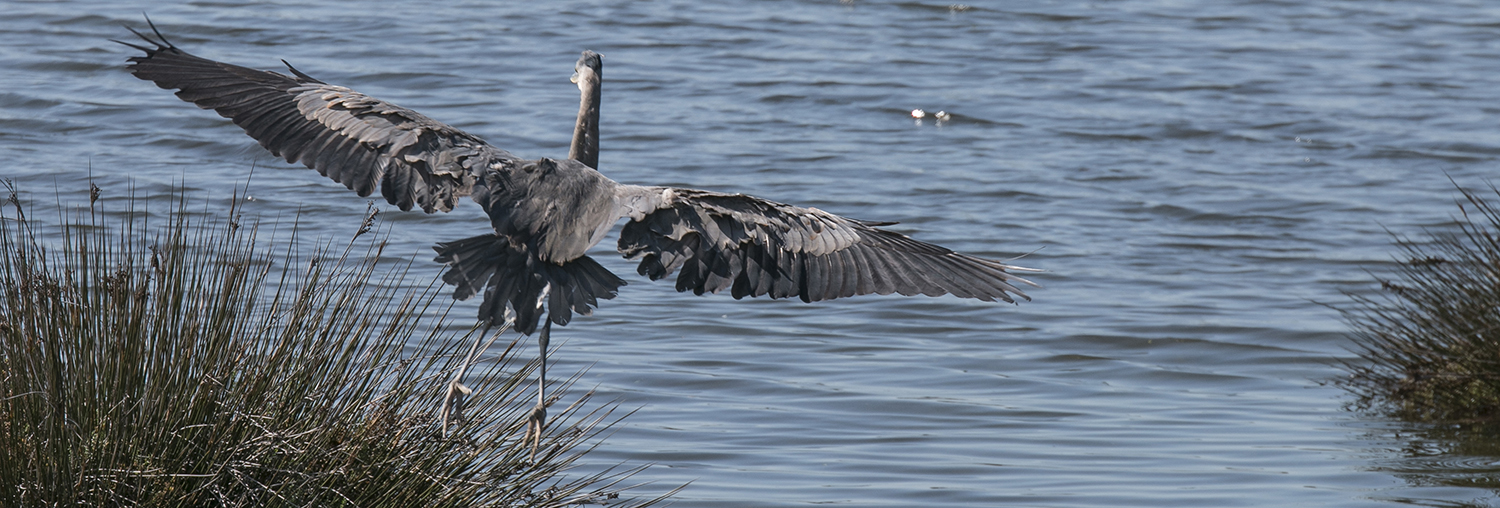Our Nocturnal Neighbors
Let’s shed some light on the specialized senses and fascinating behaviors of some amazingly adaptive animals.
Opossums: Although their eyesight is generally poor, their eyes have a giant iris (this is why they look black) to take in any available light, and a reflective tapetum lucidum at the back of the eye, making their eyes appear to glow in the dark. Their large whiskers (vibrissae) on their cheeks and snout help them to feel their surroundings, and their sharp sense of smell is excellent for locating food sources like insects, fallen fruit, carrion and rodents. Darkness provides cover from some predators, but these slow-moving creatures can also climb (using a strong prehensile tail) and swim well. When escape is not possible, they are known to sometimes fall over and release a foul odor (“playing ’possum”) – thereby warding off potential predators that would want to avoid eating spoiled meat.
Bats: In San Diego County, we are lucky enough to have 23 different species of bats. These nocturnal animals are actually extremely beneficial to our environment. In fact, almost every bat found in this area eats insects, a huge value to our thriving agricultural industry. To hunt their prey in the dark, bats rely on both eyesight and echolocation. Bats send out a series of beeps that bounce off objects, and the sound waves returning to their ears produce a kind of visual image. Although we have the largest species of bat in the U.S. (the Western Mastiff), the bats found here are much smaller than the huge tropical fruit bats often seen in movies, and so must find dark, safe places to hide in the daylight hours (such as tucked up under palm fronds) to avoid becoming prey themselves.
Owls: These master predators of the night have huge eyes positioned on the front of their face and shaped to act like binoculars, giving them excellent depth perception. They cannot move their eyes in the socket, but extra neck bones more than make up for this, allowing owls to turn 270 degrees! But owls primarily rely on their acute hearing to hunt. Their faces are shaped like satellite dishes, helping funnel sound to their ears. This incredible hunting prowess makes owls beloved by farmers and gardeners, who can encourage these natural predators by putting up owl boxes.
Published: October 1, 2018








